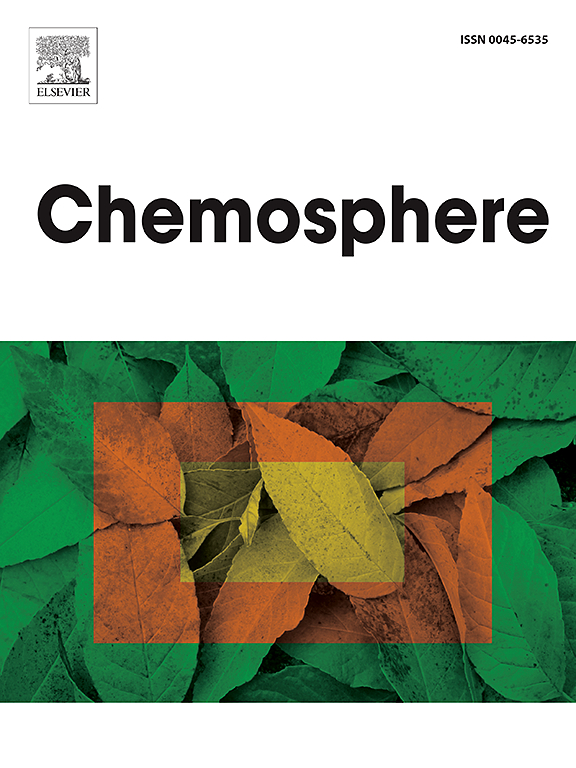固定床非理想突破的无量纲分析模型:在三价两性氧化物吸附材料中的应用
IF 8.1
2区 环境科学与生态学
Q1 ENVIRONMENTAL SCIENCES
引用次数: 0
摘要
提出了新的解析解来模拟三价两性氧化物吸附剂流动柱的突破曲线。当吸附速率比平流速率慢时,吸附受到污染物从液体到固相的传质速率的限制。对液固相浓度的两个耦合微分方程进行了解析求解,得到了有价值的简单解析解,其中包含两个无量纲参数:1)材料的吸附势γ, 2)材料的传质速率与平流速率之比Dämkohler数Da。这些解决方案可以指导吸附系统的设计,以达到目标去除率,或确定在材料必须处理或再生之前可以处理的孔体积数。利用不同水力加载速率下磷酸吸附介质的四根柱的实验数据对方程进行了测试,以评估分析方法的可扩展性。解析解使用最小二乘拟合捕获了突破曲线。分析解决方案的一个显著优点是易于快速筛选吸附材料,并选择合适的水力和污染物加载速率。本文章由计算机程序翻译,如有差异,请以英文原文为准。

Dimensionless analytical model for non-ideal breakthrough in fixed beds: Application to trivalent amphoteric oxide sorbent materials
Novel analytical solutions were developed to simulate breakthrough curves from flow-through columns with trivalent amphoteric oxide sorbent material. When the rate of sorption is slow compared to the rate of advection, sorption is limited by the rate of mass transfer of pollutants from the liquid to the solid phase. The two coupled differential equations for liquid and solid phase concentrations were solved analytically and valuable, simple analytical solutions emerged with two dimensionless parameters: 1) γ, the sorptive potential of the material, and 2) Da, the Dämkohler number, representing the ratio of mass transfer rate to the advection rate through the material. The solutions can guide the design of sorption systems to achieve a target removal percent or determine the number of pore volumes that can be treated before the material must be disposed or regenerated. The equations were tested using experimental data from four columns operated with phosphate sorption media at varying hydraulic loading rates to evaluate the analytical approach's scalability. The analytical solution captured the breakthrough curves using a least square fit. A noted advantage of the analytical solutions is the ease of application to rapidly screen sorptive materials and to select suitable hydraulic and pollutant loading rates.
求助全文
通过发布文献求助,成功后即可免费获取论文全文。
去求助
来源期刊

Chemosphere
环境科学-环境科学
CiteScore
15.80
自引率
8.00%
发文量
4975
审稿时长
3.4 months
期刊介绍:
Chemosphere, being an international multidisciplinary journal, is dedicated to publishing original communications and review articles on chemicals in the environment. The scope covers a wide range of topics, including the identification, quantification, behavior, fate, toxicology, treatment, and remediation of chemicals in the bio-, hydro-, litho-, and atmosphere, ensuring the broad dissemination of research in this field.
 求助内容:
求助内容: 应助结果提醒方式:
应助结果提醒方式:


